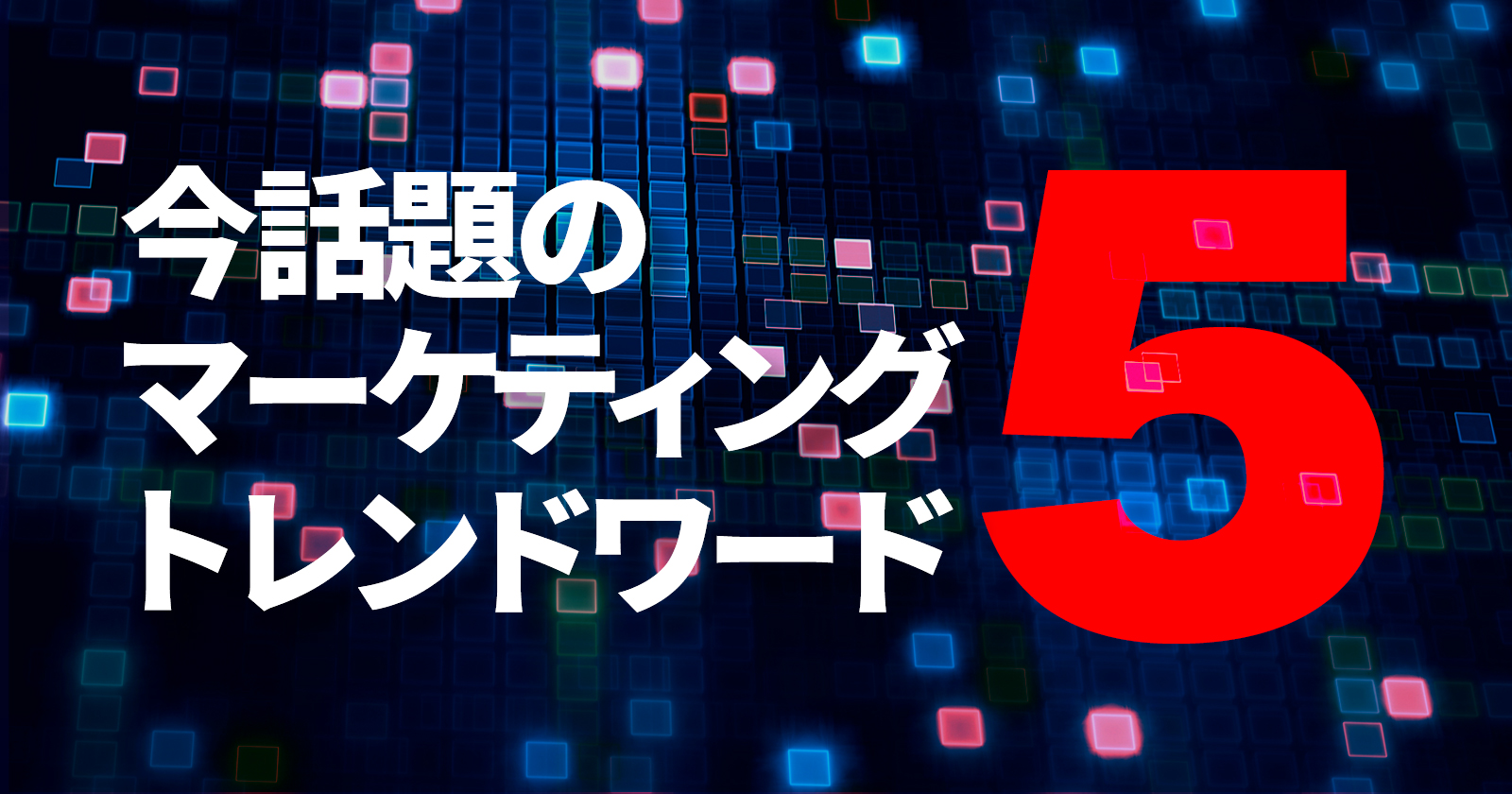Note: This website was automatically translated, so some terms or nuances may not be completely accurate.

With growing environmental awareness, various initiatives are being promoted in the business world to realize a sustainable society. Attention is focused on new technologies and initiatives that reduce environmental impact through the circular economy, such as reducing "hidden food loss" (waste generated during the manufacturing process that is edible but discarded), "green steel" (which reduces CO2 emissions generated during iron manufacturing), and "ship recycling" (which dismantles ships and reuses resources). By paying attention to these trending words, you may find hints for new business opportunities. This article introduces five trending words that are currently attracting attention.
The problem lurking behind food loss: "hidden food loss"requires countermeasures
Food loss has become a global social issue. In recent years, driven by growing sustainability awareness, countermeasures have advanced. Japan saw its lowest estimated food loss volume since tracking began in fiscal 2020, demonstrating tangible progress. However, "hidden food loss" remains an area where countermeasures are lagging. This refers to food waste generated during processing, such as trimmings, leftovers, and non-standard agricultural products, estimated to be about three times the volume of conventional food loss. Hidden food loss is difficult to solve through consumer or corporate efforts alone; it requires action across the entire supply chain. Recently, new approaches are emerging, such as upcycling processing scraps into new raw materials or developing regional specialty products using non-standard vegetables and fruits. As we work toward realizing a circular economy for food, why not pause and consider how your company can get involved?
Articles related to hidden food loss covered in Dentsu-ho can be found here
The steel industry's challenge to achieve carbon neutrality: "Green Steel"
Decarbonization of the steel industry is essential for achieving carbon neutrality. In Japan, CO2 emissions from the steel industry account for 37% of all industrial emissions (as of 2020), making it a major social issue. This has led to increased attention on "Green Steel," a sustainable steel produced using methods that reduce CO2 emissions. Since large amounts of CO2 are generated by using blast furnaces heated to high temperatures, efforts are underway to reduce emissions by switching to decarbonization technologies such as hydrogen-based steelmaking methods. Although challenges remain for commercialization, supply systems are being strengthened, mainly in Europe, and in Japan, several major steel manufacturers are advancing research and development of new technologies, raising expectations for its future spread. According to the International Energy Agency (IEA), most of the iron produced in 2070 is predicted to be "green steel." As a measure driving GX in the steel industry, let's keep an eye on the future trends of "green steel."
Click here for articles related to green steel covered by Dentsu-ho.
ShipRecycling:The Trend Toward Safe and Environmentally Conscious Ship Recycling, Effective June 2025
Sustainability momentum is growing within the shipbuilding and shipping industries. Among the recent focus is "Ship Recycling," which refers to dismantling end-of-life ships and reusing the recovered resources. The spotlight on "Ship Recycling" stems from the impact of the "Ship Recycling Convention," set to take effect in June 2025. Historically, ship dismantling has primarily occurred in developing countries due to lower labor and disposal costs, leading to serious issues like workplace accidents and environmental pollution. The Ship Recycling Convention aims to improve this situation by requiring ship dismantling to be conducted in a safer and more environmentally responsible manner. While some voices express concern that these stricter regulations may slow down "ship recycling," there is also a movement to advance the recycling of ships containing high-quality iron domestically, alongside developing systems in developing countries. This is said to potentially create new business opportunities from the perspectives of environmental consideration and resource circulation. As one of the global trends, it is worth keeping an eye on.
Articles related to Ship Recycling covered by Dentsu-ho are here
Unused Walls Become Advertising and Art.The Potential of Utilizing"Vacant Walls"to Color the City
As 3D advertising rises and the value of outdoor advertising is being reevaluated, "vacant walls" are drawing intense attention as a new form of outdoor advertising. As the name suggests, "vacant walls" refer to unused wall surfaces found throughout cities, and advertising campaigns utilizing them are gaining attention. For example, initiatives displaying wall art advertisements linked to artists' works represent a win-win-win model: advertisers benefit, wall owners earn advertising revenue, and artists gain a platform to showcase their work. Utilizing "vacant walls" not only helps prevent graffiti and beautify the city, similar to wall greening, but also holds promise for revitalizing local areas. This could lead to situations like in London or Berlin, where street art becomes a tourist attraction. Thus, "vacant walls" hold significant social value beyond mere advertising. As a new form of outdoor advertising driven by the sharing economy, why not consider exploring their use?
Articles related to empty walls covered by Dentsu-ho can be found here
What Are ERGs?Organizations Creating Better Workplaces Through Employee Connections
ERG stands for "Employee Resource Group." It is an organization where employees with common characteristics or values, such as race, disability, or gender, voluntarily come together to work toward creating a more comfortable workplace. They engage in activities like exchanging opinions on various themes, such as "promoting women's advancement" or "balancing childcare and work," and making proposals to the company regarding workplace environment improvements and policies. While similar to labor unions, ERGs differ in aspects such as lacking collective bargaining rights with the company. They offer significant benefits to companies, including promoting diversity management and improving employee retention rates. Consequently, they are gaining attention from the perspective of human capital management. They are also seen as a promising HR strategy to compensate for weakened employee connections during the COVID-19 pandemic. Currently, their adoption is progressing, primarily among large companies in sectors like manufacturing and finance. Why not explore how your company can utilize them effectively?
Articles related to ERGs covered in Dentsu-ho can be found here
This month, we focused on introducing key terms related to environmental conservation. Beyond consideration for the global environment, improving the workplace environment is also one of the critical themes companies must address today. Initiatives like ERGs, which build inclusive workplaces that respect diverse values while addressing issues like workplace accidents and human rights concerns in developing countries, will likely become indispensable perspectives for future corporate management. If you feel challenged by realizing the circular economy or creating mechanisms to enhance corporate value, please feel free to consult with us.
Was this article helpful?




